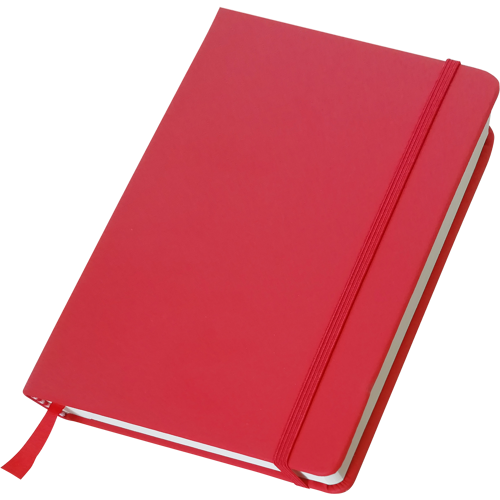










Braiswick
Soft feel notebook (approx. A5)
sign in for pricing
sku. 3076
10 colours express best seller
Popular search terms
3076 8240 conference folder 2715 1171290 lip balm card wallet fans 1042451 709939 hand creamTrending products











Braiswick
Soft feel notebook (approx. A5)
sign in for pricing
sku. 3076
10 colours express best seller





Marano
Stainless steel double walled travel mug (590ml)
sign in for pricing
sku. 1171290
4 colours express best seller













Chroma
Stainless steel double walled travel mug (350ml)
sign in for pricing
sku. 1042451
12 colours best seller
The process is known as screen printing. Silk screen printing is a name first used when the mesh or screen was made of natural silk. Nowadays screen mesh is either made from polyester, stainless steel or nylon.
STENCIL: This consists of a frame onto which a mesh is attached under tension. The mesh is coated or covered with a photosensitive material. The image to be printed is created photographically on the stencil leaving open areas of mesh through which ink passes. The stencil is also known as “the screen”.
SQUEEGEE: A flexible polyurethane blade (sometimes rubber) held in a rigid mount or handle.
INK: Can take the form of a wide range of solids or dyes suspended in a fluid.
SUBSTRATE: This is a general term for the surface that is to be printed. The surfaces can range from bread to bio-medical sensors.
MACHINE BASE: The base provides a surface for the substrate to be printed and the upper section secures the screen.
In conventional screen-printing the squeegee carries out two functions. It deflects the stencil and brings it into contact with the substrate. The squeegee is held at an angle of typically 75 degrees to the horizontal.
During the printing action the squeegee is moved across the stencil, creating a pressure wave in the ink. The actual point of flow is where the leading edge of the squeegee is in contact with the stencil. This is known as the “Flow Point.”
Press types can be split as follows:
What makes screen printing so popular is the ability to lay down a film of a wide range of materials on a vast range of substrates. Everywhere you look are examples of the process and many places that are hidden.
Applications include: Posters and point of sale displays, gaskets, watch dials, key pads, transfers, electronic circuits, car windscreens, road signs, architectural glass, tableware, nameplates, labels, ceramic tiles, vehicle instrumentation, mouse mats, office equipment, membrane switches, estate agents boards, textiles, fuel cells, pzt, containers, electronic circuitry, playing cards, scratch cards, heating elements, footballs, baseball bats, cricket bats, tennis rackets, golf clubs, clocks, fine art limited editions, laptops, plasma screen televisions. These are just a selection.
Just like the method explained above for flatbed screen printing, cylindrical items can also be decorated by using a rotary screen printing machine. This is often the method of choice if an item is to be decorated by a design that wraps around more than a quarter of the circumference of the item. In the promotional market place the most common items to be decorated using this process are pens and mugs.
The process works by a cylindrical object sitting on wheels allowing it to spin freely up to 360 degrees. A squeegee is placed directly above the item which has a point of approx 60 degrees. The point of this squeegee must be placed directly above the item; this is often referred to as top dead centre. A stencil with the image to be printed containing ink is all that sits between the item and the squeegee. The stencil is then moved in a horizontal motion causing the item to rotate. The stationary squeegee then pushes ink through the stencil onto the cylindrical item.
We use cookies to ensure our site operates effectively. By continuing, you agree to these cookies being set.